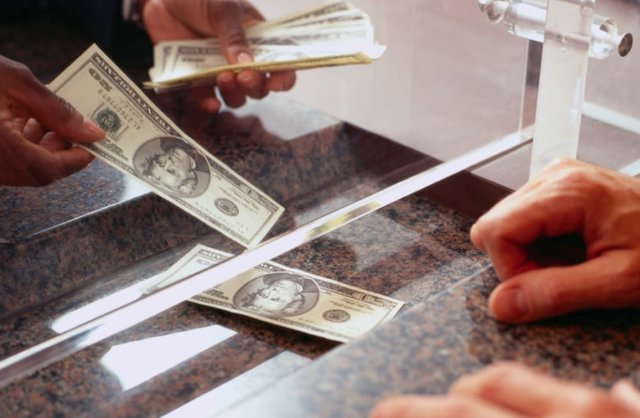What is blockchain
What is the blockchain? Among other things, it is one of the buzzwords in recent times. The blockchain is also a concept that poses a huge revolution not only in our economy, but in all kinds of areas.
Understanding what that blockchain is is not that difficult, and given that this concept is being used more and more we have wanted to do a kind of rapid course of introduction to the blockchain, to explain what it is, how it works and what is that revolution that raises the blockchain
Goodbye, Mr. (banker) intermediary
Let's get in situation. Normally, if a person called, for example, Mariano would like to send 1,000 euros to another person called, for example, Luis, it is normal for the operation to be carried out through a bank. That bank acts as an intermediary for that and many other transactions, effectively centralizing the movement of capital from one side to another.

Mariano would ask his bank to withdraw 1,000 euros from his account and transfer them to Luis's account: in just a few hours (depending on the bank, of course) that bank will have recorded the transaction in his account, subtracting 1,000 euros from his account and informing the other bank that you must add 1,000 euros in Luis's account. Someone in Luis's bank (by now, we already know that someone is a computer program) will note that in Luis's account there are 1,000 euros more coming from Mariano's bank account.
This management has not needed a transfer of bills from one side to another, but there have simply been one or two banks that have been responsible for making the money pass from one to another with a simple change in the balances of their accounts. All great and fantastic, except for one problem:
That neither Mariano nor Luis have any control over the process, of which only those banks have all the information. Both depend on those banks and their way of doing things to complete that transaction. They are subject to their conditions (and their commissions, of course).
Hello blockchain
That is where the blockchain enters, which basically eliminates intermediaries, decentralizing all management. The control of the process is of the users, not of the banks - we continue talking about money, but the example is extrapolated to other types of transactions -, and it is they who basically become part of a huge bank with thousands, millions of nodes , each of which becomes a participant and manager of the bank account books.
.jpg)
What is the blockchain then? Well, a gigantic account book in which records (blocks) are linked and encrypted to protect the security and privacy of transactions. It is, in other words, a distributed and secure database (thanks to encryption) that can be applied to all types of transactions that do not necessarily have to be economical.
This blockchain has an important requirement: there must be several users (nodes) that are responsible for verifying those transactions to validate them and thus the block corresponding to that transaction (in each block there is a large number of transactions that yes, it is variable ) register in that gigantic account book.